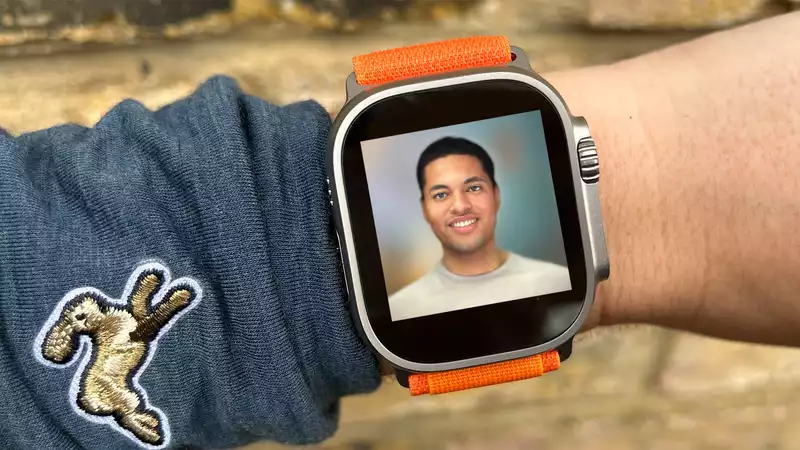Let's be honest: The moment we saw realistic avatars at the Apple Vision Pro event, at least some of us got a little scared. Now, Apple's latest patent suggests that an animated face is coming to your wrist.
Last week, the U.S. Patent and Trademark Office published a patent application by a Cupertino crew (reported by Patently Apple) showing how Apple Watch users can scan their faces and hands and use them as avatars, similar to a VR headset.
Let's start with the process of registering your face as an avatar; in the case of Vision Pro, this involves removing the headset, pointing the front of the headset at your face, and allowing the many cameras and sensors to capture a 3D image of your face.
For the Apple Watch, this involves using the sensors and cameras on the back of the wearable to move the watch around your head and make some facial expressions towards it. As for hand gestures, the watch's sensors on the wrist can detect small movements of muscles and positions to mimic what you would do in real life.
To guide the user, voice feedback is played as each stage of registration is completed, like setting up Face ID on an iPhone. Once scanned and uploaded, this avatar will be used to make FaceTime calls via the Apple Watch, with audio output directly from the AirPods or watch speakers.
This is the ultimate question. After all, one of my main issues with the smartwatch as a whole is that it could be designed a bit too much to replace certain tasks that are much easier done by taking an extra two seconds to pull your phone out of your pocket.
I can see this benefit in the form of my likeness appearing on FaceTime calls when I am on the go. In terms of how emotional responses are captured, Apple has stated that "improved methods and interfaces" are needed to produce an accurate representation of your face.
However, it will take time for people to accept and adopt the comfort level of using virtual faces in video calls.










Comments